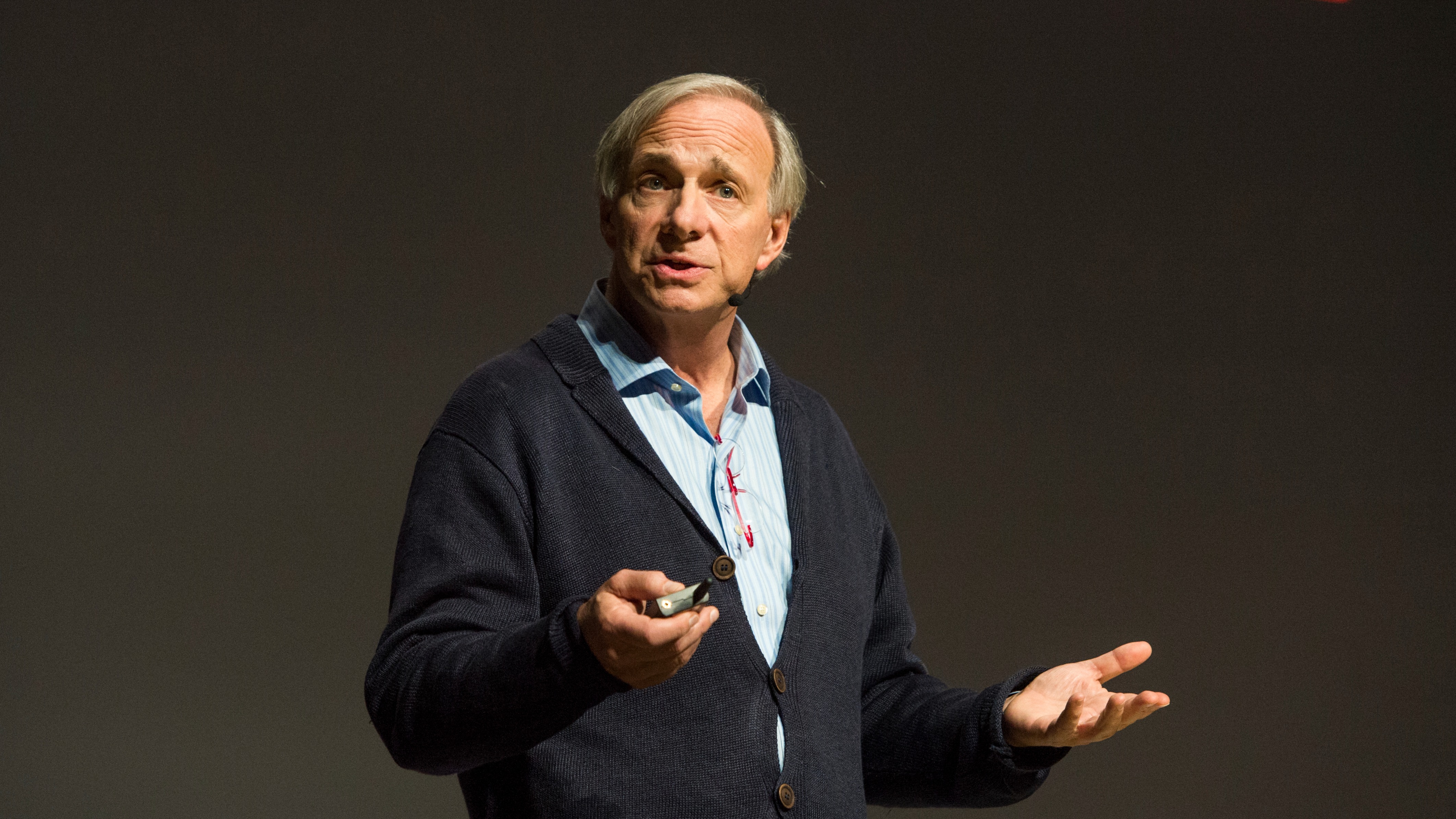This article is part of Morningstar’s Guide to Investment Trusts, highlighting the benefits of these unique investment vehicles – busting the investment trust jargon, revealing potential pitfalls and celebrating those experienced managers who have earned the top ranking from Morningstar fund analysts.
Investors – are you worried about the bond bubble? Rumours of an impending price crash in fixed interest first started circulating in 2012, when incredulous market commentators stated interest rates could not remain at rock bottom prices for much longer.
Few would have predicted three more years of a bond bull market, but that is exactly what happened. And while the latest Bank of England Monetary Policy Committee minutes reveal not one member wants to hike rates any time soon we are without doubt getting ever closer to the day when rates will rise.
According to successful fixed income investor Bill Eigen of JP Morgan, bond prices have only one way to go – and that’s down. Speaking at a conference in December, Eigen professed to never have been more nervous as a bond investor in his entire career – which includes the 1994 bond market crash.
Eigen has such faith in his beliefs he quit his own long-only bond fund when he recognised that the future looked bleak for the asset class. The fund manager said he did not want to have to call investors and tell them they could not afford to move house, or pay for their children’s education because the bond market had tanked. Instead he now runs an Absolute Return bond fund for JPMorgan, which can hold large cash positions and short the bond market.
For open-end fund managers these are the only two tools available to beat a bond bear market – holding cash and betting against falling bond prices.
But for closed-end fund bond investors such as John Pattullo, manager of the Henderson Diversified Income Trust (HDIV), there is an entire arsenal of extra tools available. Open-end funds are restricted by an EU directive ruling that they can only allocate up to 10% of their portfolio to unlisted assets. Closed-end funds do not have these restrictions as their legal structure bypasses illiquidity concerns, allowing them to invest in loans.
Loans – or floating rate notes – are a type of debt issued by companies. A company looking to raise capital can choose between issuing a fixed-term, fixed-rate bond or a loan. The yield on a loan floats in line with market interest rates – resetting every three, six or nine months in line with Libor rate.
“If I could hold more loans in my open-end funds I would,” admitted Pattullo. “They give you flexibility in an interest rate cycle. In theory as interest rates go up you want to be invested in loans as they track the yield curve. Then at the top of the cycle – when interest rates are high – you want to buy into fixed rate bonds which will pay out good income as yields fall.”
Timing – of course – is everything, as Pattullo found out to his detriment, stocking up on loans before yields had finished falling. For now he is happy to sit in fixed rate investment grade corporate bonds and high yield bonds, and wait for the trigger which will set interest rates rising again.
Lack of Inflation Keeps Bond Yields Low
If inflation rises, so do interest rates. Interest rates have to rise to compensate bondholders for declines in the purchasing power of their money. But with inflation in the UK at just 1% this means that there is little likelihood of an interest rate rise any time soon.
Bond markets historically hate volatility, interest rate rises and inflation – none of which are currently a threat. And the global macro outlook for at least 2015 remains one of low growth, low inflation and low volatility.





























